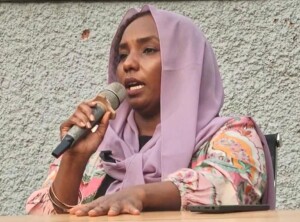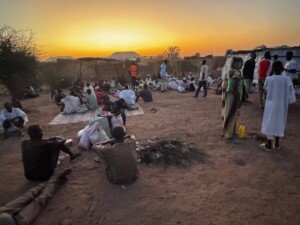Increase in kala-azar cases in eastern Sudan
The Ministry of Health and Social Development in eastern Sudan’s El Gedaref reported an increase in cases of kala-azar (visceral leishmaniasis) disease in the state, where the number of cases reached 952 during the first quarter of this year with another 17 confirmed deaths.
 A child is tested for kala-azar at the Doctors Without Borders hospital in Lankien, South Sudan (MSF)
A child is tested for kala-azar at the Doctors Without Borders hospital in Lankien, South Sudan (MSF)
The Ministry of Health and Social Development in eastern Sudan’s El Gedaref reported an increase in cases of kala-azar (visceral leishmaniasis)* disease in the state, where the number of cases reached 952 during the first quarter of this year with another 17 confirmed deaths.
In the first quarter of 2020, 733 cases were recorded and 15 deaths.
The periodic meeting of the partners to combat Visceral leishmaniasis*, also known as kala-azar, was organised by the El Gedaref Health Ministry in cooperation with the END Fund and the Federal Ministry of Health over the weekend.
The meeting also included representatives from the economic sector, international organisations, and other parties.
Among children under five years, the number of kala-azar cases registered reached 228 compared to 548 cases in the same quarter last year, the meeting concluded. Three children died.
Eastern Sudan has a dark history with the kala-azar, as from the late eighties to the mid-nineties a total of 100,000 died from the disease in the Upper Nile region, now South Sudan.
* Visceral leishmaniasis, the most severe form of leishmaniasis also known as kala-azar, is a life-threatening disease caused by Leishmania parasites which are transmitted by female sandflies. Visceral leishmaniasis causes fever, weight loss, spleen and liver enlargement, and, if left untreated, a certain death. It is the world's second-largest parasitic killer, after malaria.











 and then
and then